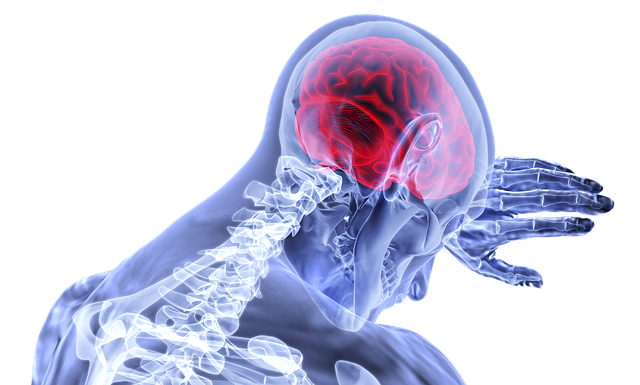Phantom limb pain (PLP) refers to ongoing painful sensations that seem to be coming from the part of the limb that is no longer there. The limb is gone, but the pain is real! Unlike pain that is caused by trauma directly to a limb, PLP is thought to be caused by mixed signals from your brain or spinal cord. As with any other kind of pain, you may find that certain activities or conditions will trigger PLP. Some of these triggers might include:
- Touch
- Urination or defecation
- Sexual intercourse
- Angina
- Cigarette smoking
- Changes in barometric pressure
- Herpes zoster
- Exposure to cold.
If you notice any particular thing triggering an episode of PLP for you, let your healthcare provider know so that your treatment plan can be better tailored to meet your needs. In general, treating PLP effectively takes a multi-faceted approach. Medications in combination with non-medication treatments seem to be most effective. Medication treatments should be discussed with your physician so as to ensure an appropriate choice for our particular situation. Examples of non-medication treatment include:
- Acupuncture
- Massage of the residual limb
- Use of a shrinker
- Repositioning of the residual limb by propping on a pillow or cushion
- Mirror box therapy
- Biofeedback
- TENS (transcutaneous electrical nerve stimulation)
- Virtual reality therapy
- Imagery
Whatever the degree of pain, type of pain, triggers, or treatment plans there are five essential things to remember about PLP:
- Phantom limb pain/sensation is common for most people after amputation surgery. Symptoms generally improve over time.
- Your phantom limb pain/sensation can be managed so that it does not overwhelm your life.
- The goal of pain management is to reduce pain levels to allow you to get you back to living and enjoying life again.
- Work closely with your healthcare team to create and maintain the pain management plan that works for you
- When possible, avoid things that trigger your phantom limb pain/sensation






